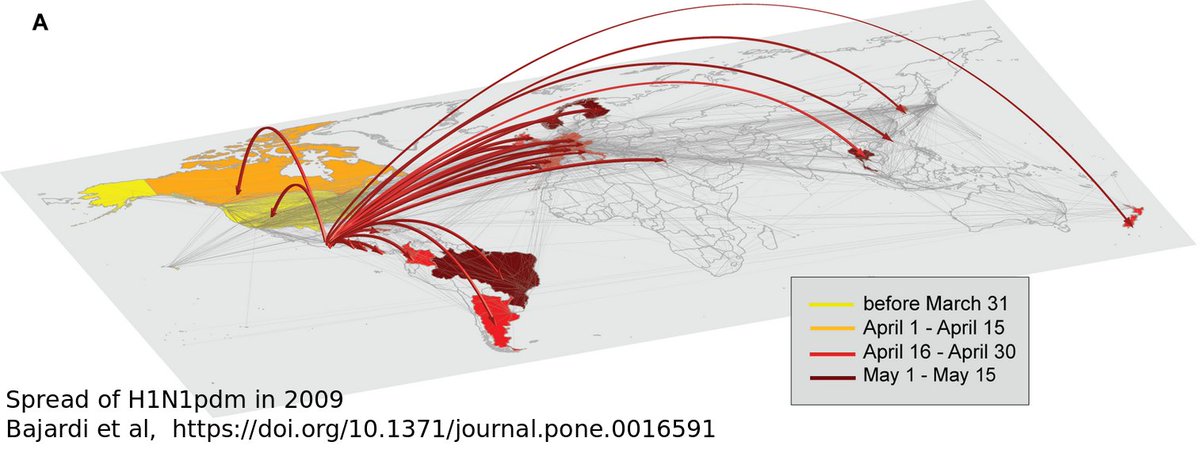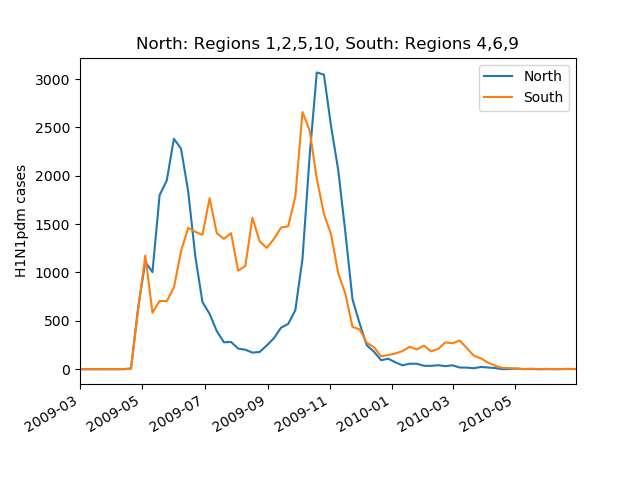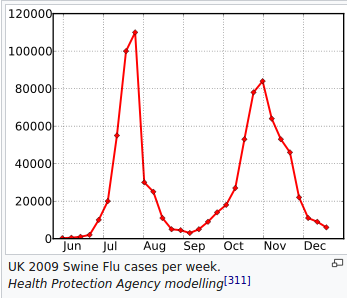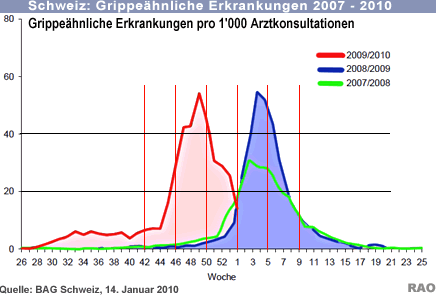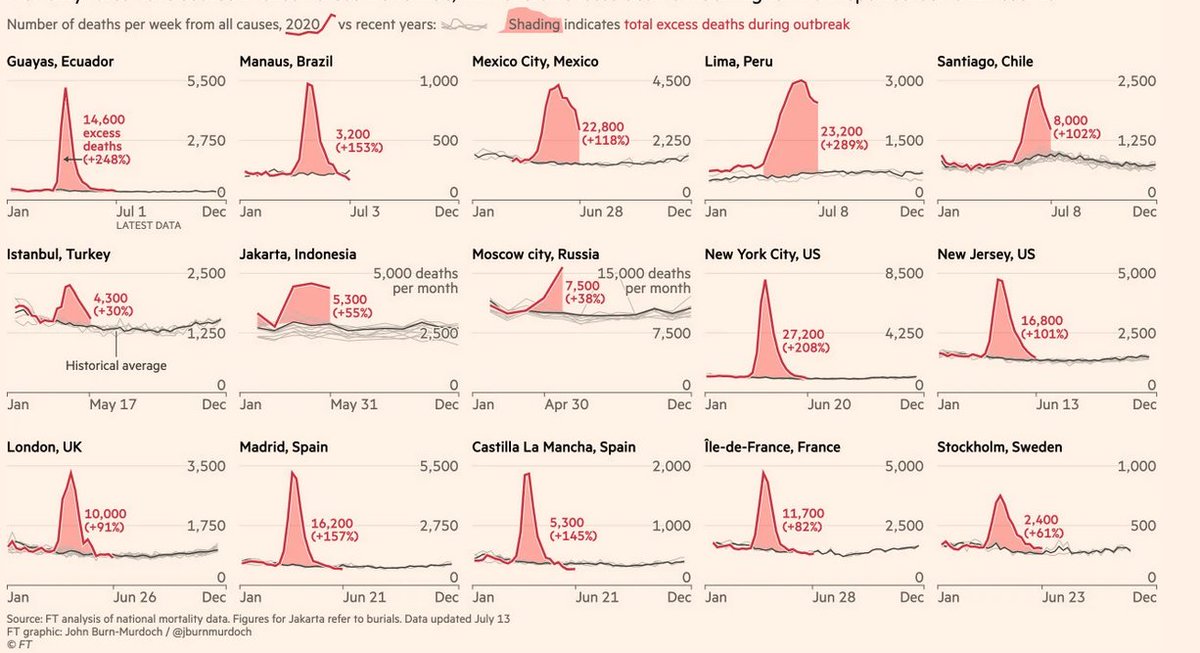What happens to #COVID19 when winter returns to the Northern Hemisphere is still uncertain, but here are some things we know:
- people will spend more time indoors
- indoor air will be drier and less ventilated
- endemic CoVs have pronounced seasonality.
1/8
- people will spend more time indoors
- indoor air will be drier and less ventilated
- endemic CoVs have pronounced seasonality.
1/8
The 2009 H1N1 influenza pandemic might offer some clues. H1N1pdm is much less deadly, but much like #SARSCoV2 it
- is an enveloped respiratory virus that spreads via droplets
- in 2009 hit a mostly susceptible population
(there are important differences too, see below)
2/8
- is an enveloped respiratory virus that spreads via droplets
- in 2009 hit a mostly susceptible population
(there are important differences too, see below)
2/8
H1N1pdm arrived in many places in spring/early summer, earlier than #SARSCoV2 that started spreading in Dec from central China.
With H1N1 in 2009, the North of the US saw distinct spring/summer and fall/winter waves, while the South saw one long peak.
3/8
With H1N1 in 2009, the North of the US saw distinct spring/summer and fall/winter waves, while the South saw one long peak.
3/8
The UK saw a pattern similar to Northern US; the rest of Europe didn& #39;t see much H1N1 until fall -- probably driven by colder weather and the end of summer holidays. Germany saw a transition from middle-aged adults to children over the year (hard to see in the graph).
4/8
4/8
The 2009 H1N1 pandemic had an overall lower R0 and thus seasonal forcing should be more impactful. It also spread rapidly among children, so school holidays likely had a big effect.
But even if seasonal effects for #SARSCoV2 are less pronounced, I am still concerned.
5/8
But even if seasonal effects for #SARSCoV2 are less pronounced, I am still concerned.
5/8
So far:
- Europe and Northern US saw big #SARSCoV2 winter/spring outbreaks. Social distancing (and maybe spring) helped contain them followed by fairly quiet summer
- Southern US had a broad peak in summer
- South America has large outbreaks in their winter.
6/8
- Europe and Northern US saw big #SARSCoV2 winter/spring outbreaks. Social distancing (and maybe spring) helped contain them followed by fairly quiet summer
- Southern US had a broad peak in summer
- South America has large outbreaks in their winter.
6/8
This is consistent with the pattern of the 2009 H1N1 pandemic (given it started 4 months later).
To me, this suggests controlling #SARSCoV2 in the Northern Hemisphere will become a lot harder over the next six months and things might spiral out of control quickly.
7/8
To me, this suggests controlling #SARSCoV2 in the Northern Hemisphere will become a lot harder over the next six months and things might spiral out of control quickly.
7/8
We understand much better now what settings account for most transmission, so we can hopefully contain #SARSCoV2 without drastic restrictions --- but it probably won& #39;t be as easy as in summer. We need to act early and should head into winter with as few cases as possible.
8/8
8/8
Some background:
Our modeling study from February:
https://smw.ch/article/doi/smw.2020.20224
A">https://smw.ch/article/d... review of seasonal effects on respiratory viruses: https://www.annualreviews.org/doi/10.1146/annurev-virology-012420-022445">https://www.annualreviews.org/doi/10.11...
Our modeling study from February:
https://smw.ch/article/doi/smw.2020.20224
A">https://smw.ch/article/d... review of seasonal effects on respiratory viruses: https://www.annualreviews.org/doi/10.1146/annurev-virology-012420-022445">https://www.annualreviews.org/doi/10.11...

 Read on Twitter
Read on Twitter
